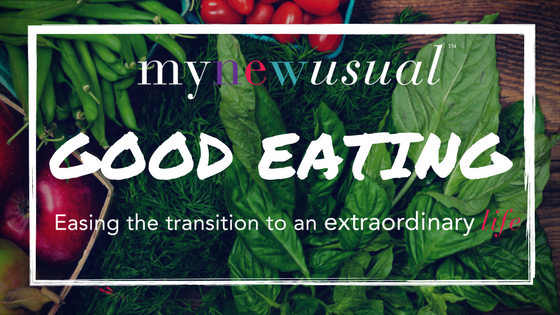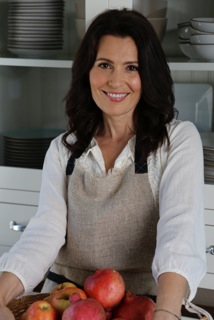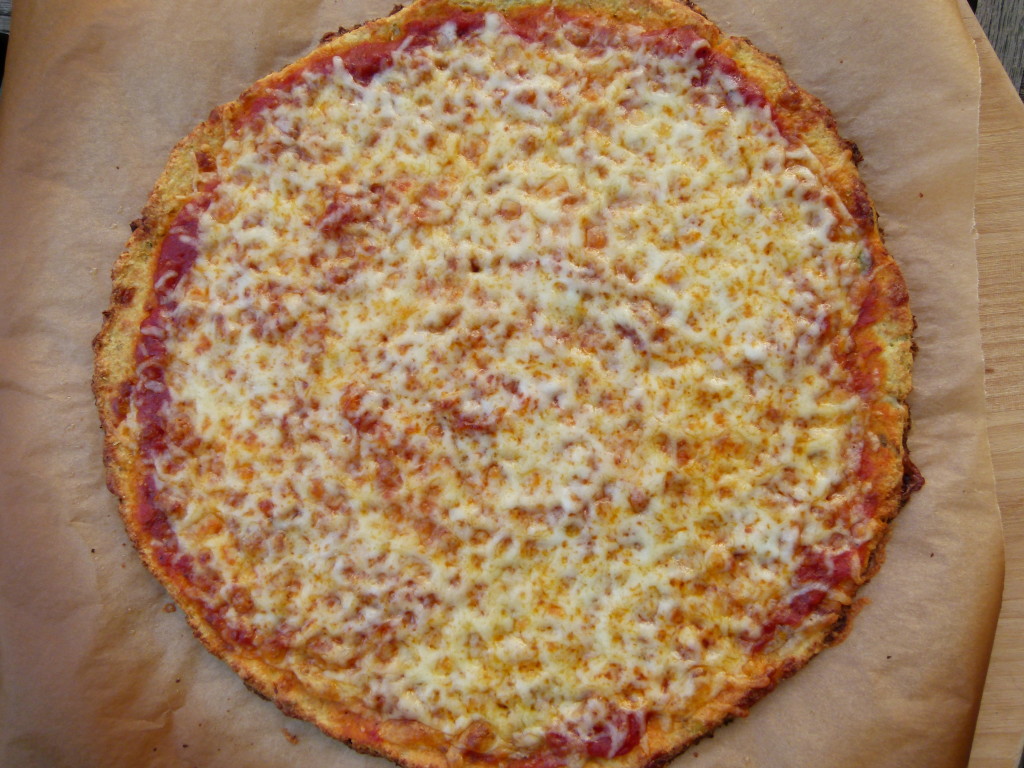
Cooking with Pamela Salzman
Ever find someone who gets your whole philosophy on food? We love Pamela Salzman and her approach to eating healthy. She’s also a teacher, educating her students on how to make good food. We are thrilled to share her perspective on healthy eating and also one of her amazing recipes. Read on!
How did you arrive at your culinary philosophy?
I have always been exposed to whole foods, vegetable gardens in the backyard and I have always read everything I could about food and nutrition. I know that what we eat matters and how it affects us short-term and long-term.
What was your inspiration to start teaching cooking classes?
I used to take cooking classes with my girlfriends, and when that teacher retired, they all turned to me and asked if I would do it, 6 years later, I am still loving it!
We know you hit the farmer’s market regularly. What are the benefits of fresh seasonal ingredients when transitioning into a new healthy lifestyle?
I believe that nature gives us what our bodies need for each season. In the summer, it’s cooling foods, such as cucumbers and watermelon. In the winter, nature gives us citrus for the extra vitamin c we need to fight colds and the spring brings us cleansing foods to help us detox and transition into summer. If you are just starting out trying to eat seasonally, the farmers market is a great place to go and see what’s in season. The farmers are knowledgeable and everything is always fresh and local, including eggs, which are usually more nutritious than any eggs you can get at the supermarket.
There are a few different eating styles within your own family (we love Mr. Picky). How do you approach balancing the needs and wants of your kitchen audience?
I always only make one meal, but I try to be flexible with everyone’s tastes, especially Mr. Picky.
It is so helpful that you share photos of the lunches you pack for your kids. Sometimes a visual interpretation is the easiest way to get a message across. What are your suggestions for packing healthy lunches for school or the office?
Leftovers! I like to use them in new ways so as not to create monotony with their meals. If we had grilled chicken for dinner, I will chop it up and add it to a salad. If we have any soup from the night before, that almost always goes into a thermos. Leftover kale pesto becomes a sandwich spread and I usually included extras of whatever healthy dessert I am testing for my classes that week.
What is your process for crafting recipes?
I scour the internet (My favorite blogs, Pinterest, etc.) and tons of food magazines (Bon Appétit, Food & Wine, etc.) and I also get lots of inspiration from traveling to other countries. I make substitutions by swapping out refined oils and sugars for unrefined ingredients, for example, coconut oil or olive oil instead of canola oil, or coconut sugar instead of brown sugar. I try to use the most healthful, clean, and whole ingredients any chance I get. I also like to take a classic, traditionally unhealthy recipe and turn it into something more healthful, for example, baked chicken instead of fried. I test all of my recipes out on my family, if Mr. Picky likes it, it’s a winner!
Our readers are learning to live a different way after a serious illness. What tips and tricks do you suggest are the most helpful to ease into a new way of approaching food and slowly changing your lifestyle – as medicine, as fuel, as prevention – and inspiring people to cook more at home?
Depending on the person, change can often be hard. Sometimes, baby steps are the best way to make lasting change. I also think we need to listen to our bodies more. When we drink a green juice and feel terrific afterwards, that’s great. If we eat diary and have digestive problems later, we shouldn’t be eating dairy!
What food do you feel is most overrated? Underappreciated?
Canola oil is totally overrated. It’s actually almost always GMO, super refined and high in Omega-6 (pro-inflammatory fats.) I never use it.
I have been saying for years, “cauliflower is the new kale.” It is so good for you, nutritionally speaking, and is incredibly versatile. It can be roasted, broiled whole, steamed, frozen and added to smoothies (you don’t taste it, I promise), made into pizza crust, tabouli or rice.
Who are your culinary influences and food heroes?
Ina Garten, I know she isn’t the healthiest chef, but I think she is wonderful and warm and creates some beautiful meals. I always turn to her when I need the perfect “classic” recipe, such as meatballs or a chocolate cake. I also admire Alice Waters and all she has done to create awareness for the slow food movement. I can’t not mention Yotam Ottolenghi, whose creativity with vegetables is incredible and always surprisingly delicious!
What is your comfort food?
I have a weakness for chips and guacamole, pasta and chocolate!
Here’s Pamela’s recipe for Cauliflower Pizza
adapted from several sources, including The Lucky Penny Blog
makes one 10-12-inch pizza or twelve 3-inch pizzettes

olive oil for brushing on pizza stone or baking sheet
1 small head of cauliflower (about 1 ¼ pounds), cut into large florets
pinch of sea salt
½ teaspoon dried oregano
½ teaspoon garlic powder
Pinch crushed red pepper flakes
¼ cup grated parmesan or pecorino-romano cheese
¼ cup shredded mozzarella cheese
1 Tablespoon almond meal/flour (optional, but I think it makes the crust a little “breadier”)
2 egg whites, lightly beaten with a fork (1 whole egg works, too. I think 2 egg whites makes the crust just a little crispier.)
Desired accompaniments: marinara sauce, shredded mozzarella cheese
- Preheat oven to 450 degrees and place a baking sheet or pizza stone in the oven as it is heating up.
- Brush a large piece of parchment paper with olive oil (big enough to fit your pizza stone or baking sheet.)
- Place the cauliflower in a food processor fitted with a metal blade. Pulse for about 30 seconds until you get very small pieces (resembling snow or rice.) You should end up with about 3 cups of cauliflower.
- Place the cauliflower and 2 cups of water in a medium saucepan and bring to a boil, lower the heat to a simmer, cover, and allow to steam for about 5 minutes, or until the cauliflower is tender. Drain in a fine mesh sieve and allow to cool. (If you use a colander to drain, you will lose a lot of cauliflower.)
- When the cauliflower is cool enough to handle, wrap it all up in a clean, thin dish towel and squeeze out as much excess water as possible. The less moist the cauliflower, the crispier the crust will be.
- Transfer the squeezed cauliflower to a bowl and stir in the parmesan or pecorino, mozzarella, salt, dried oregano, garlic powder, red pepper flakes and almond meal/flour. Add egg whites and mix with your hands until combined.
- Using your hands, form the mixture into tightly packed 3” rounds or a 10-12” round and place them on the oiled parchment paper.
- Slide the parchment paper onto the HOT baking sheet or pizza stone. An inverted baking sheet or a pizza peel can help with this.
- Bake for approximately 15 minutes until the crust starts to turn golden brown.
- Remove crusts from oven and top with desired toppings, then place back in the oven and cook for another 7 minutes until cheese is melted and bubbly. You just don’t want to overdo it with any toppings that are very wet.
- Allow to cool slightly and serve.
Notes: You can bake the crusts earlier in the day and refrigerate them until ready to top and bake. Or you can make the batter the night before.
See more at pamelasalzman.com. Follow Pamela on Instagram, Twitter, Pinterest or Facebook.






